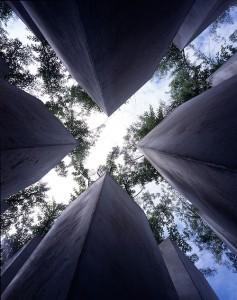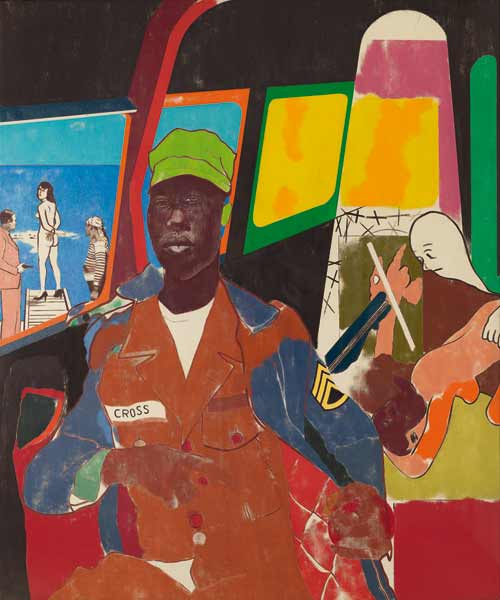It’s not only Jewish history in Germany that continually surprises us with its complexity: the visitors to the Jewish Museum can also be as unexpected as they are diverse. During my tours through the permanent and temporary exhibitions, I have had remarkable encounters. This year among the most unusual was with a group of theologians from the city of Qom, who came to experience the museum at the beginning of October. Most Iranian preachers and imams graduate from the theological seminary at Qom, not far from the capital Tehran and considered, in contrast to the liberal Najaf for instance, a bastion of conservative learning. → continue reading
A Visit from Iran
The U.S. Jewish Vote, 2012
The race for the next U.S. presidency is on, but this time, not so many Americans are heading for the exits. Four years ago, when presidential contender, 76-year-old Arizona Senator John McCain, named the intellectually feather-weight Alaska governor Sarah Palin as his vice presidential running mate, many serious people considered emigration to Canada or Australia. The thought of having Sarah Palin, who in an interview could not name a single newspaper she read and who claimed she could see Russia from her upstairs window, being only a heart-beat away from the presidency scared the bejeebars out of many U.S.-citizens. → continue reading
Naked Ladies, Political Messages
Only now do I realize, really examining my favorite Kitaj painting closely, that Juan de la Cruz also has those explicit and aggressive sexual components so peculiar to his work: naked women are a vehicle for political messages (here about the Vietnam War) and historical episodes, for instance about St. John of the Cross, St. Teresa of Avila, and their Jewish origins, which I find inherently problematic. Despite this, however, I like the painting: the many powerful colors, the deep blue sea under the brilliant blue sky, the green cap on the soldier’s head, and the yellow behind him. The painting and the contradictions it binds together – the soldier’s finely-drawn features beside the sober geometric forms – they emanate something of summer’s optimism.
For more on R.B. Kitaj, see: www.jmberlin.de/kitaj/en
Christine Marth, Publications

